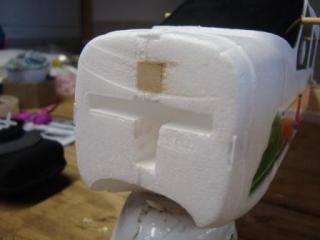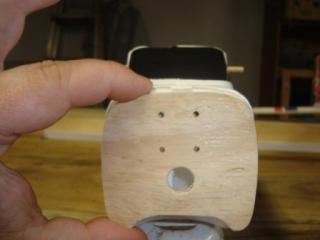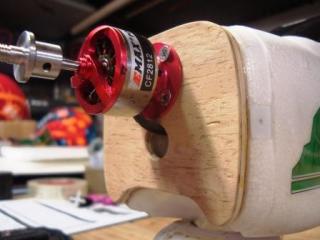30-09-2010, 08:40 PM
Rebuilding my Island Hopper after breaking the wing in half, and now adding some better finished mods to the plane. Given I've learnt flying this plane comfortably. i want to continue to refine the skill of "not breaking things & keeping it in the air".
One thing I'm not sure of is how to find the COG of a plane if your plans/manual doesn't tell you where it is. There loads of stuff on the net but its all in inches and in the old speak of imperial.
One thread i read tells you to measure 4" from the fuselage along the thickest part of each wing
Any advice???
Some of the rebuild pics of the Hopper below.




One thing I'm not sure of is how to find the COG of a plane if your plans/manual doesn't tell you where it is. There loads of stuff on the net but its all in inches and in the old speak of imperial.
One thread i read tells you to measure 4" from the fuselage along the thickest part of each wing

Any advice???
Some of the rebuild pics of the Hopper below.







